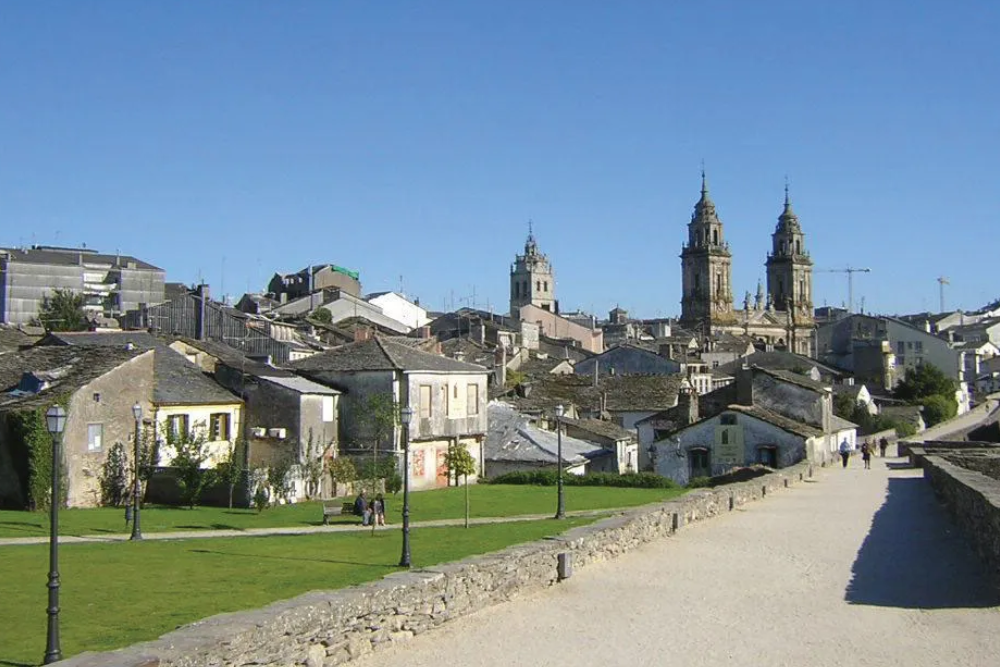Introduction
Lugo is a historic city in north-western Spain, located in the region of Galicia. Known for its remarkably well-preserved Roman walls, which date back to the 3rd century and encircle the old town, Lugo is a UNESCO World Heritage Site. The city combines ancient history with modern charm, offering visitors a blend of Roman heritage, medieval architecture, and Galician culture. Its vibrant plazas, such as Plaza Mayor, and the beautiful Lugo Cathedral add to its cultural richness. Lugo is also renowned for its local cuisine, particularly seafood and traditional Galician dishes.
Roman Walls of Lugo

- The city’s most iconic feature, these Roman walls are a UNESCO World Heritage Site. You can walk along the entire 2-kilometer stretch, offering panoramic views of the old town and its surroundings.
Lugo Cathedral
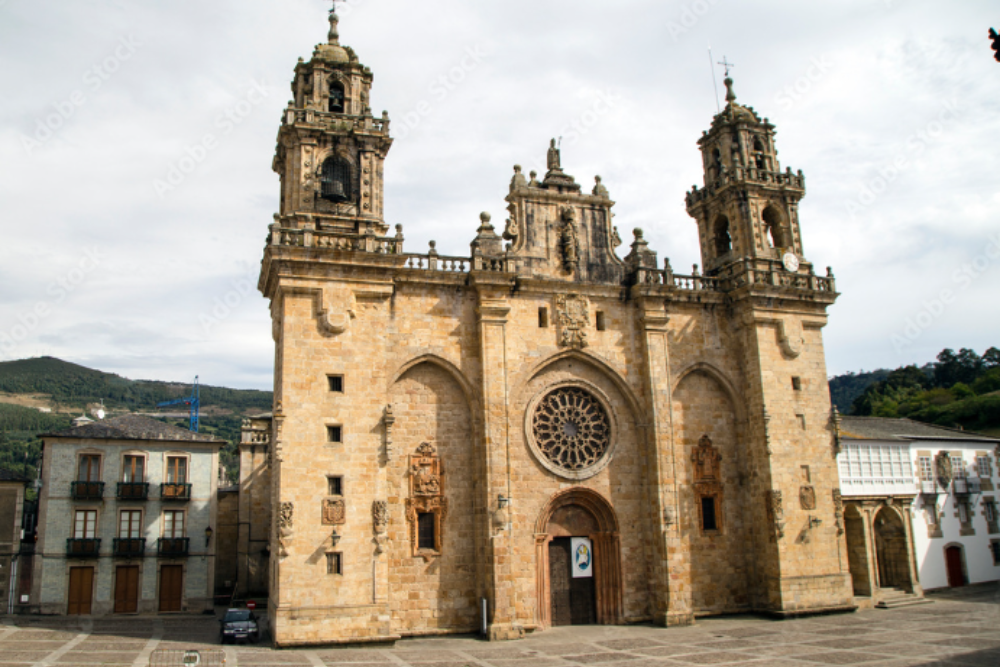
- Dating back to the 12th century, this impressive cathedral showcases Romanesque, Gothic, Baroque, and Neoclassical architecture. Its grandeur and historical significance make it a must-visit.
Plaza Mayor
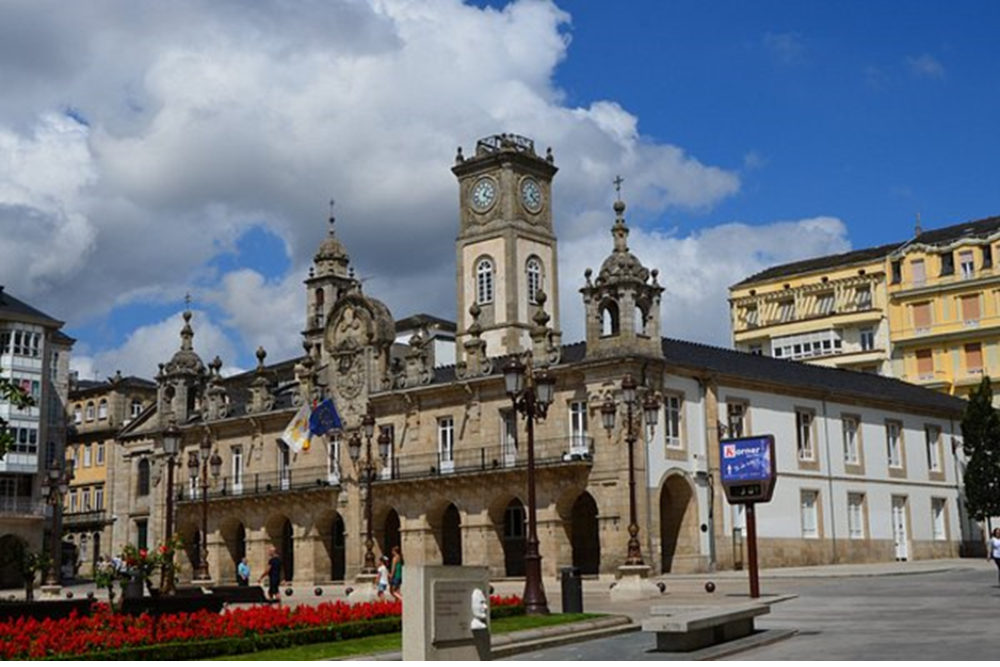
- The main square of Lugo, this bustling plaza is home to historic buildings, charming cafes, and the Lugo City Hall, a beautiful example of Baroque architecture.
Mino River Park

- A lovely green space along the Mino River, perfect for a relaxing walk or picnic. The park offers a peaceful retreat from the city center.
Hiking in the Fragas do Eume
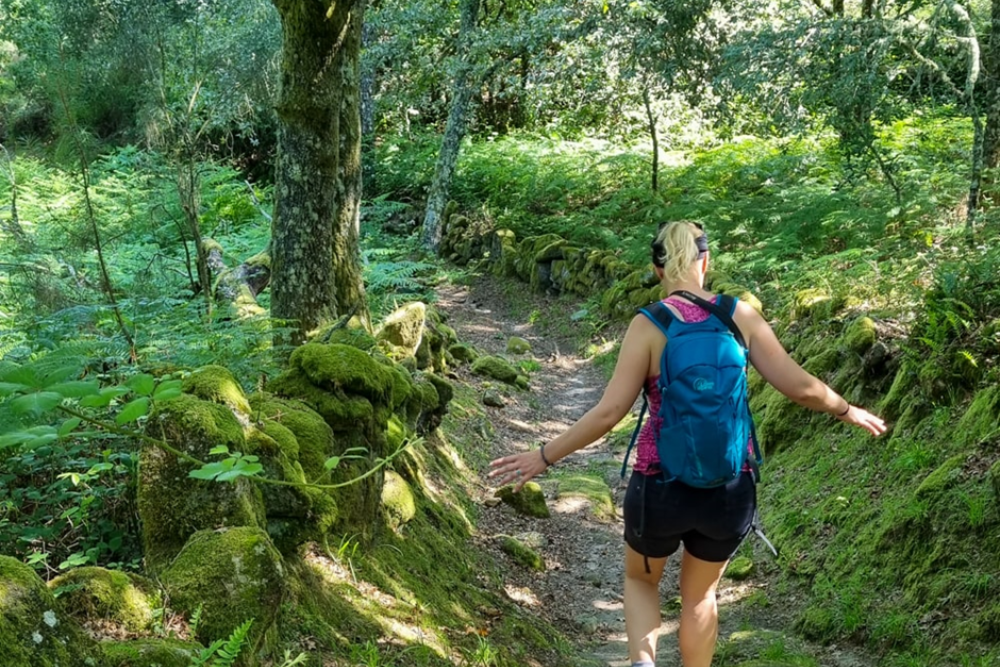
- Just a short drive from Lugo, the Fragas do Eume is a lush forest offering scenic hiking trails along the river, with opportunities to see wildlife, waterfalls, and ancient monasteries.
Kayaking on the Mino River
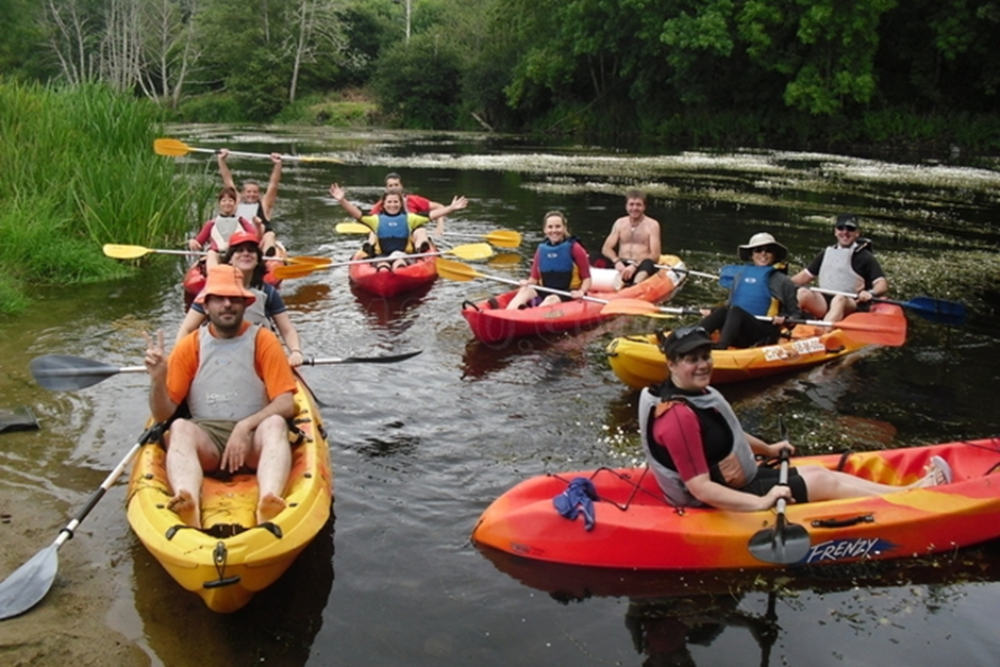
- The Mino River, which flows through Lugo, is perfect for kayaking or canoeing. Adventurers can explore the serene river, enjoying the surrounding landscapes and occasional wildlife sightings.
Mountain Biking
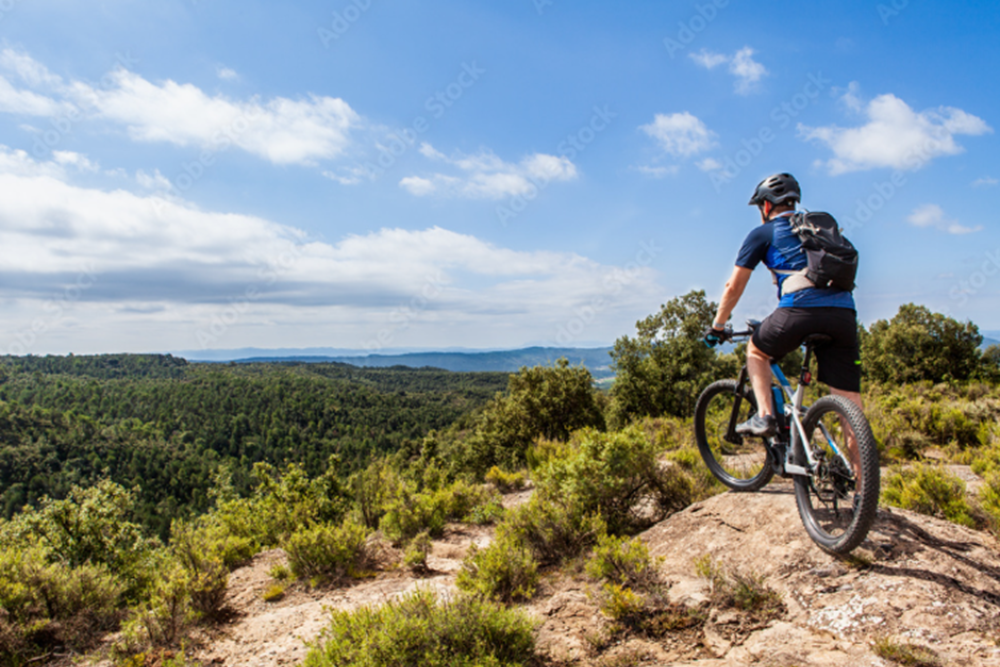
- The countryside around Lugo provides great trails for mountain biking. The rolling hills, forests, and paths along the Mino River offer varied terrain for all skill levels.
Pena Trevinca
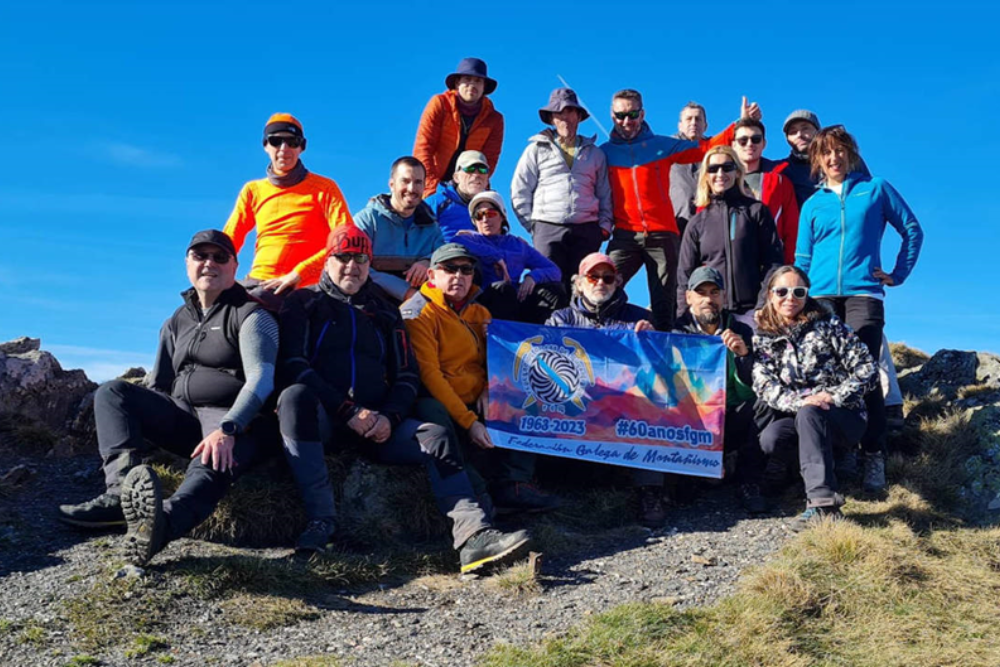
- For those seeking more challenging outdoor adventures, the nearby Pena Trevinca mountain range is Galicia’s highest peak. It’s ideal for hiking, climbing, and nature exploration.
San Froilan Festival
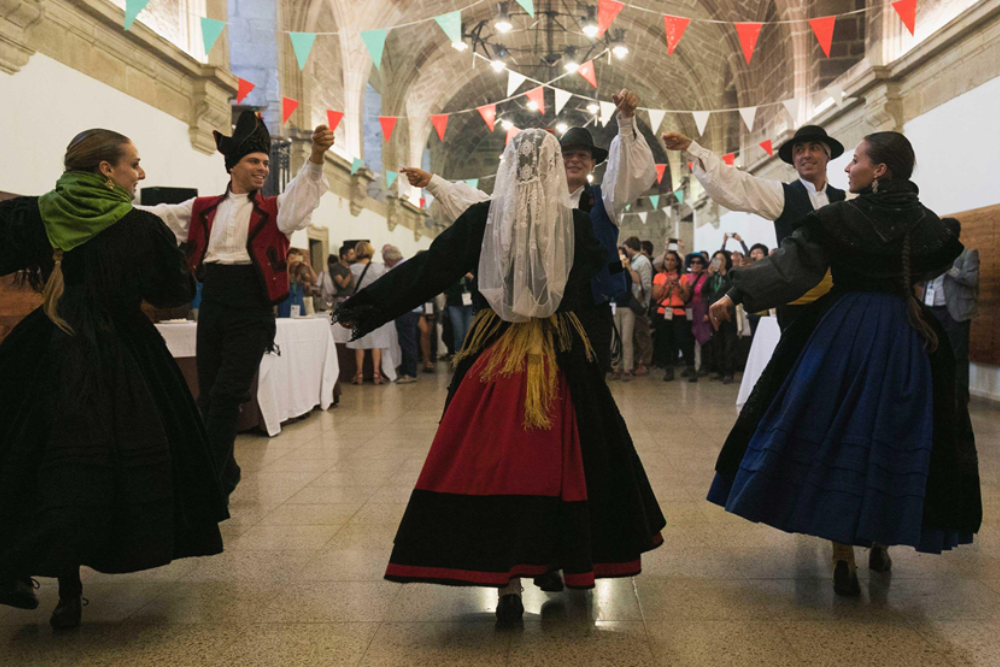
- Held in October, this is Lugo’s biggest celebration, featuring local food, parades, and traditional Galician music and dance. It’s an adventure for those interested in cultural immersion.
Thermal Springs
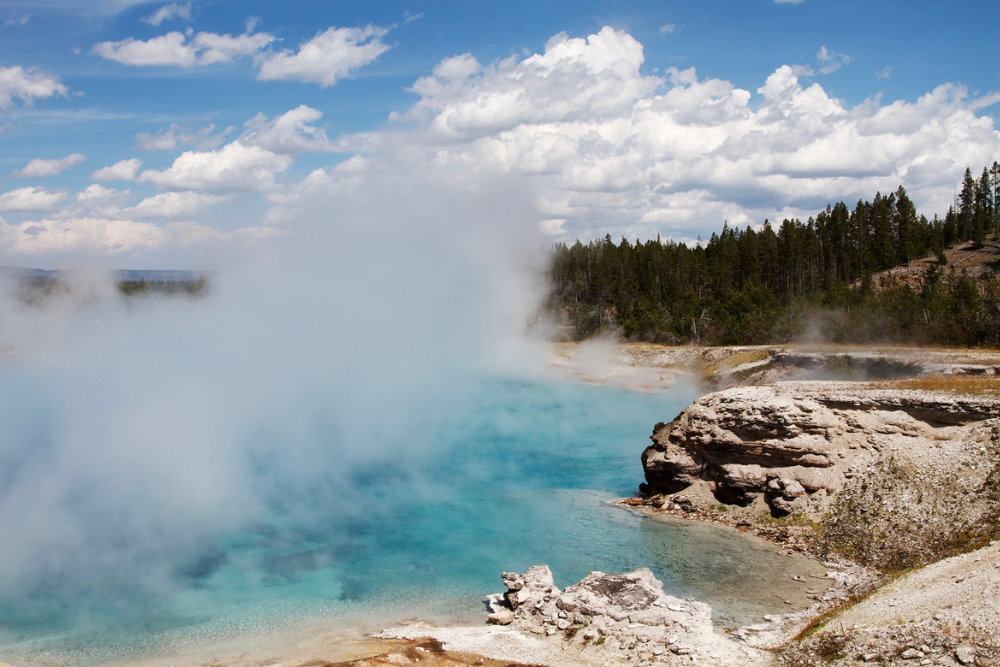
- For a relaxing twist, the nearby hot springs at A Chavasqueira offer thermal baths, providing a natural and rejuvenating experience.
Dos and Don’ts Lugo
When visiting Lugo, Spain, it’s important to respect local customs, historical sites, and the natural environment. Here are some dos and don’ts to keep in mind:
Dos:
- Do Walk Along the Roman Walls: Walking the full circuit of Lugo’s famous Roman walls is a must-do. Enjoy the panoramic views and appreciate the ancient history while respecting the preservation efforts.
- Do Explore the Old Town: Take time to wander through Lugo’s old town, which is filled with charming streets, historic buildings, and local shops. Immerse yourself in the local culture and try some traditional Galician food.
- Do Visit Lugo Cathedral: Make sure to visit Lugo Cathedral, a UNESCO World Heritage Site, and appreciate its blend of architectural styles. Be respectful during religious services if you’re visiting while they are ongoing.
Don’ts:
- Don’t Litter: Keep Lugo’s historical sites and natural areas clean by disposing of trash properly. Littering around the Roman walls, the Mino River, or any other landmark is disrespectful and harmful to the environment.
- Don’t Disturb Historical Sites: Lugo’s Roman walls, cathedral, and other ancient monuments are well-preserved and cherished by locals. Avoid climbing on structures, marking, or damaging these sites in any way.
- Don’t Ignore Opening Hours: Many of Lugo’s attractions, shops, and restaurants have specific hours, and some may close in the afternoon for siesta. Plan your visit accordingly, and check times for museums or historical sites in advance.
Best time to reach in Lugo
The best time to visit Lugo, Spain, depends on your preferences for weather, festivals, and activities. Here’s a breakdown of the ideal times to visit:
1. Spring (April to June):
- Mild weather, fewer tourists.
- Spring is a pleasant time to explore Lugo, with temperatures ranging from 10°C to 20°C (50°F to 68°F). The city is not as crowded, making it great for sightseeing and outdoor activities like hiking and visiting the Mino River. Flowers are in bloom, adding charm to the surrounding landscapes.
- Comfortable weather for walking along the Roman walls and exploring the old town.
2. Summer (July to September):
- Warm weather, festivals.
- Summers in Lugo are warm, with temperatures averaging 20°C to 28°C (68°F to 82°F). This is a great time for outdoor adventures like hiking, kayaking on the Mino River, or enjoying Lugo’s parks. It’s also a perfect time to visit nearby beaches or coastal areas in Galicia.
- The San Froilan festival in early October is one of the city’s most popular events, with parades, traditional music, and local food.
- Ideal for summer activities, enjoying the lively atmosphere, and outdoor dining.
3. Autumn (October to November):
- Festivals, cultural immersion.
- Early autumn brings cooler temperatures, around 12°C to 20°C (54°F to 68°F), making it pleasant for exploring Lugo’s historical sites. The San Froilan festival, held in early October, is a major draw, offering visitors a chance to experience Galician culture through food, music, and festivities.
- For cultural immersion and experiencing Lugo’s most important festival.
4. Winter (December to February):
- Quiet, fewer tourists.
- Winters in Lugo are mild but can be rainy, with temperatures between 5°C and 12°C (41°F to 54°F). While it’s a quieter time to visit, you’ll find fewer crowds at popular attractions, and it’s an excellent time to experience the cozy charm of Lugo’s cafes and restaurants.
- If you prefer a quieter, more relaxed atmosphere and are okay with cooler weather.



